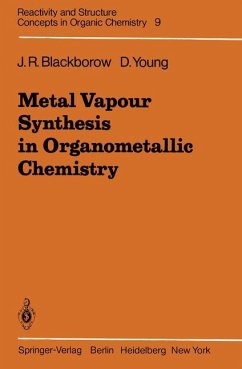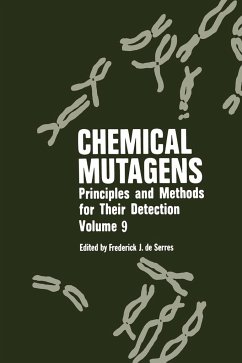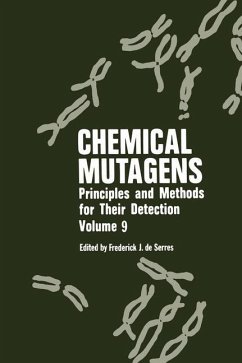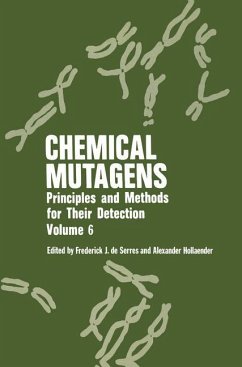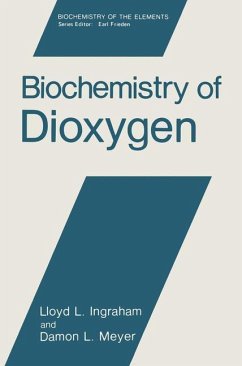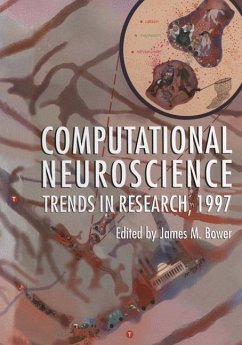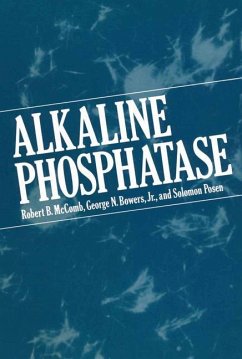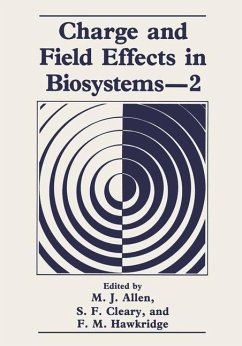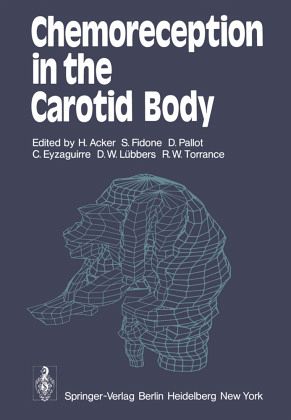
Chemoreception in the Carotid Body

PAYBACK Punkte
39 °P sammeln!
It is becoming traditional that periodically those of us interested in the carotid body hold an international meeting to discuss their results. In 1966 a meeting was organized by R. W. Torrance in Oxford and in 1973 by M. J. Purves in Bristol; in 1974 A. S. Paintal organized a satellite symposium of the Physiological Congress in Kashmir. The organizers of these meetings are to be commended for their efforts in publishing both the papers and discussions. At these meetings it has become apparent that the direction of research is becoming more sharpely focused on the cellular mechanisms of chemor...
It is becoming traditional that periodically those of us interested in the carotid body hold an international meeting to discuss their results. In 1966 a meeting was organized by R. W. Torrance in Oxford and in 1973 by M. J. Purves in Bristol; in 1974 A. S. Paintal organized a satellite symposium of the Physiological Congress in Kashmir. The organizers of these meetings are to be commended for their efforts in publishing both the papers and discussions. At these meetings it has become apparent that the direction of research is becoming more sharpely focused on the cellular mechanisms of chemoreception. During the meeting in Dortmund the papers dealt mostly with the different cell types in the carotid body and their environment, i. e. , local P0 and local flow. These included 2 light and electron microscopic studies of the morphometric and histochemical pro perties of the different cells, microelectrode studies of the glomoid tissue to understand the conversion of a chemical stimulation into nervous activity, as well as strictly bio chemical and physiologic investigations concerning the dependence of the chemo receptive process on O consumption and the turnover of catecholamines. In spite 2 of the variety in methodology, it was apparent that all contributors had a common interest: to understand the mechanisms of chemoreception. Although at the meeting itself there was ample time to fully discuss the various papers, it has become necessary here to shorten the papers and discussions; otherwise the cost of publication would have been prohibitive.





